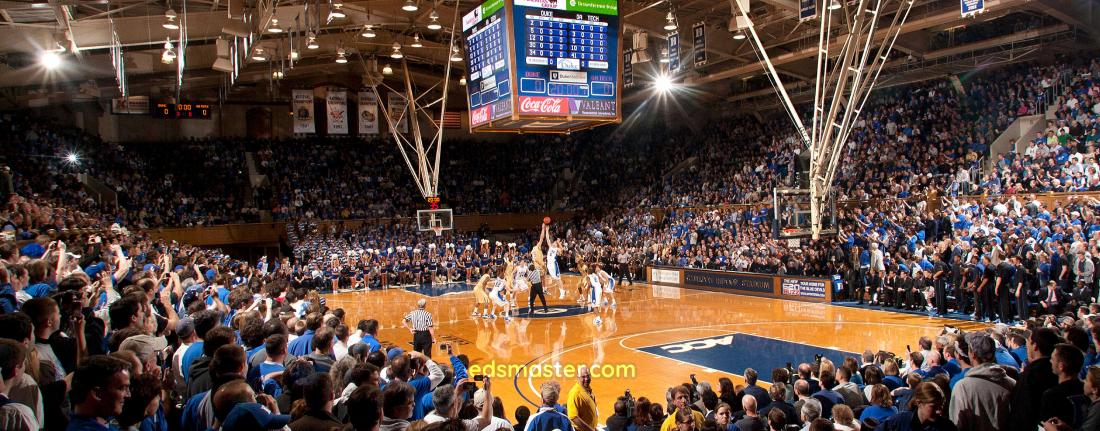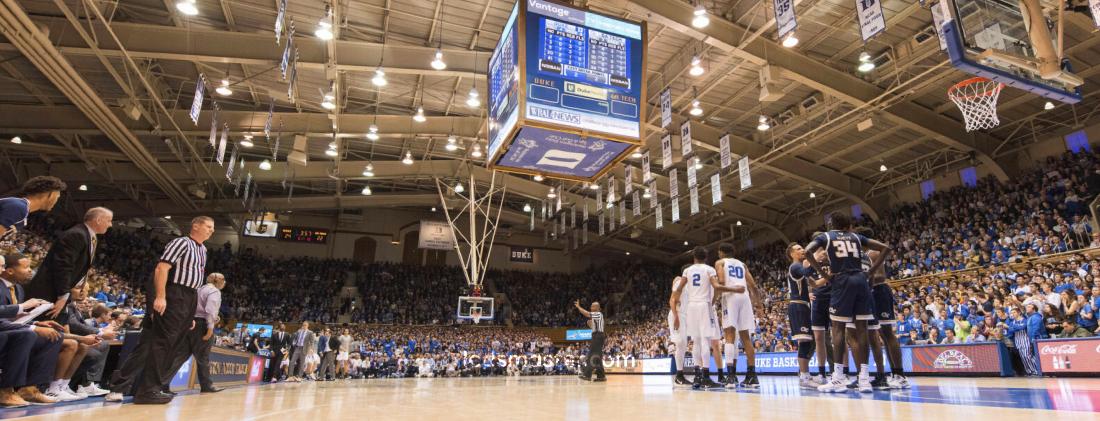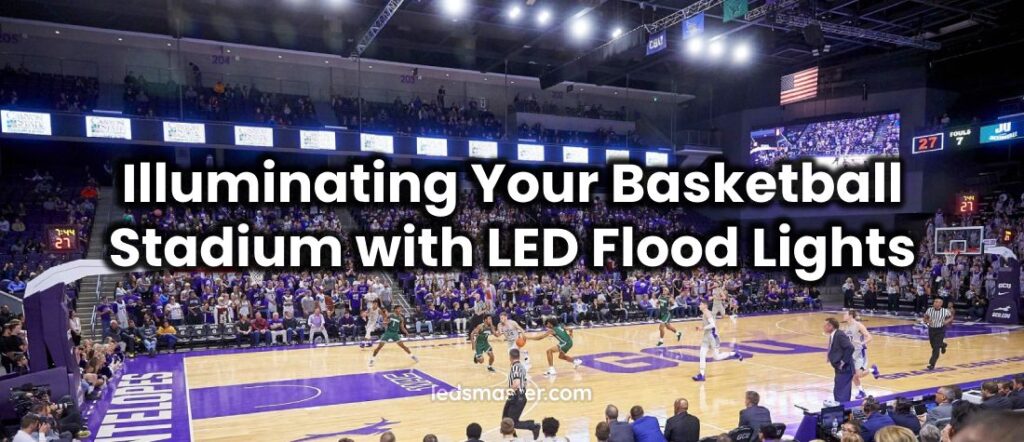Are you enthusiastic about basketball games? While basketball court lighting allows us to enjoy matches during the day, playing your favorite sport at night can be challenging. Many outdoor courts lack proper lighting, and even those with lights often suffer from insufficient brightness. This is usually due to attempts to save on electricity costs, leading to the installation of dim, traditional lights. However, what if I told you there is a type of basketball court lighting that saves 75% of energy compared to outdated metal halide lights? That’s right, the solution is LED flood lights.
Table of Contents
ToggleRecommended Lux Levels for Basketball Court Lighting
To properly light a basketball court, the required lux levels depend on the level of play and competition. Lux is a measure of illumination, with higher values indicating brighter lighting. For recreational basketball, 200 lux is typically sufficient. For training and amateur competitions, around 500 lux is recommended. Professional competitions and televised events require much higher illumination, usually around 750 to 1000 lux to ensure optimal visibility and broadcasting quality.
| Competition Level | Lux Level (lx) |
|---|---|
| Recreational | 200 |
| Training/Amateur | 500 |
| Professional | 750 – 1000 |
| Televised Events | 1000 |

Benefits of LED Flood Lights for Basketball Stadiums
Energy Efficiency
LED flood lights are significantly more energy-efficient compared to traditional lighting solutions such as metal halide or high-pressure sodium lamps. They consume less power to produce the same amount of light, which can result in substantial cost savings on electricity bills. This is particularly beneficial for stadiums, which require high-intensity lighting for extended periods.
By choosing LED lights, you can enjoy their ultra-brightness. According to our studies, our 150-watt LED light can retrofit 400-watt metal halide basketball court lighting. Impressive, isn’t it? Moreover, LedsMaster has developed special optics that concentrate the light beam in a designated area, enhancing energy efficiency and reducing glare. Another important factor is uniformity. A high-quality outdoor light should illuminate the court evenly, without abrupt bright or dim spots.
Longevity and Durability
One of the standout features of LED flood lights is their long lifespan. While traditional lights may need replacement every few thousand hours, LEDs can last up to 50,000 hours or more. This reduces maintenance costs and the frequency of replacements, making them a cost-effective solution in the long term. Additionally, LED lights are more robust and can withstand harsh weather conditions, making them ideal for both indoor and outdoor stadiums.
Superior Lighting Quality
LED flood lights provide superior lighting quality with better color rendering and uniformity. This means that the colors of the players’ uniforms, the basketball, and the court are more accurately represented, enhancing the viewing experience for spectators both in the stadium and watching on television. Moreover, LED lights can be dimmed and adjusted easily, allowing for more control over the lighting levels to suit different events or times of day.
Environmental Impact
LED lights are environmentally friendly as they consume less energy and have a longer lifespan, which reduces the carbon footprint associated with frequent manufacturing and disposal of traditional lights. Furthermore, LEDs do not contain harmful substances like mercury, which is commonly found in other types of lighting.
Considerations for Implementing LED Flood Lights

Lighting Design and Layout
Before installing LED flood lights, it’s crucial to design a lighting layout that ensures even distribution of light across the entire playing surface. This involves calculating the required lumens based on the size of the stadium and the level of play. Professional leagues may require higher illumination levels compared to local or amateur leagues. Consulting with a lighting designer or engineer can help create a plan that meets the specific needs of the stadium.
Compliance with Standards
Basketball stadiums must comply with certain lighting standards to ensure optimal playing conditions and safety. These standards vary by region and the level of competition. For example, the National Basketball Association (NBA) has specific requirements for the intensity and uniformity of lighting. Ensuring compliance with these standards is essential for hosting official games and tournaments.
Cost and Budget
While the initial investment for LED flood lights can be higher than traditional lighting options, the long-term savings on energy and maintenance often justify the cost. It is important to budget for both the purchase and installation of the lights, as well as any necessary infrastructure upgrades, such as wiring or mounting structures. Some stadiums may also qualify for rebates or incentives for upgrading to energy-efficient lighting, which can help offset the initial costs.
Installation and Maintenance
Proper installation is key to maximizing the benefits of LED flood lights. This includes ensuring that the lights are correctly positioned and angled to minimize shadows and glare. Regular maintenance, although less frequent than with traditional lights, is still necessary to keep the system running efficiently. This includes cleaning the lights and checking for any technical issues.
Steps to Illuminate Your Basketball Stadium with LED Flood Lights
Step 1: Conduct a Lighting Assessment
The first step in illuminating your basketball stadium with LED flood lights is to conduct a thorough lighting assessment. This involves evaluating the current lighting system, measuring light levels, and identifying areas that require improvement. Understanding the existing conditions will help in designing a more effective lighting plan.
Step 2: Design the Lighting Layout
Based on the assessment, design a lighting layout that ensures even illumination across the entire playing surface. This includes selecting the appropriate type and number of LED flood lights, determining their placement, and calculating the required lumens. Use lighting simulation software to visualize the design and make necessary adjustments.
Step 3: Choose the Right LED Flood Lights
Select LED flood lights that meet the specific needs of your stadium. Consider factors such as lumen output, beam angle, color temperature, and durability. It is also important to choose lights that are compatible with any existing infrastructure and comply with relevant standards.
Step 4: Plan the Installation
Create a detailed installation plan that includes the placement of lights, electrical wiring, and any necessary structural modifications. Coordinate with electricians and installation professionals to ensure a smooth and efficient installation process. Make sure to schedule the installation at a time that minimizes disruption to regular stadium activities.
Step 5: Install the LED Flood Lights
Proceed with the installation of the LED flood lights according to the plan. This involves mounting the lights, connecting them to the power supply, and configuring any control systems. Test the lights to ensure they are functioning correctly and make any necessary adjustments to the positioning and angles.
Step 6: Test and Optimize
After installation, conduct thorough testing to ensure the lighting meets the required standards and provides even illumination across the playing surface. Use light meters to measure the intensity and uniformity of the light. Make any necessary adjustments to optimize the lighting performance.
Step 7: Implement a Maintenance Plan
Develop a maintenance plan to keep the LED flood lights in optimal condition. This includes regular cleaning, inspections, and technical checks. Keep a record of maintenance activities and address any issues promptly to prevent disruptions during events.
Conclusion
Illuminating a basketball stadium with LED flood lights is a comprehensive process that involves careful planning, design, and implementation. The benefits of LED lighting, including energy efficiency, longevity, superior lighting quality, and environmental friendliness, make it an ideal choice for modern stadiums. By following the steps outlined in this essay and considering the key factors involved, stadium owners and managers can ensure their venues are well-lit, providing an enhanced experience for players and spectators alike.

